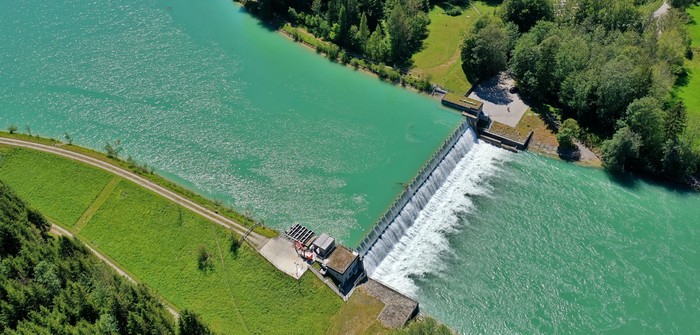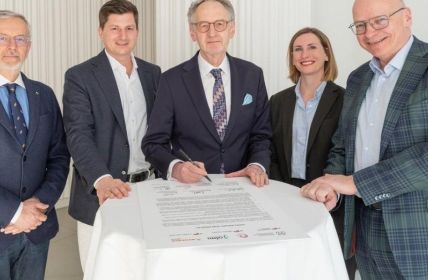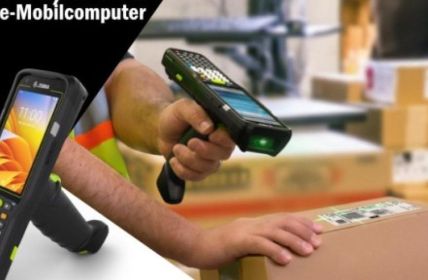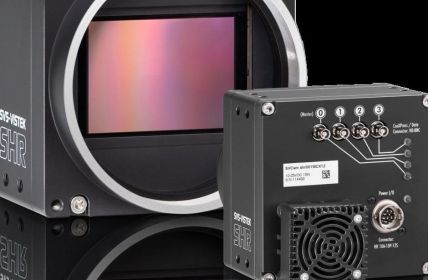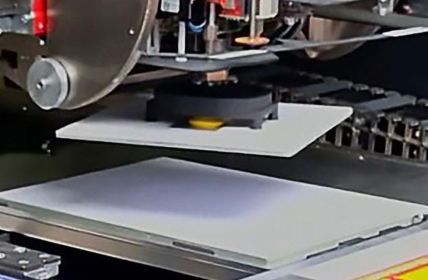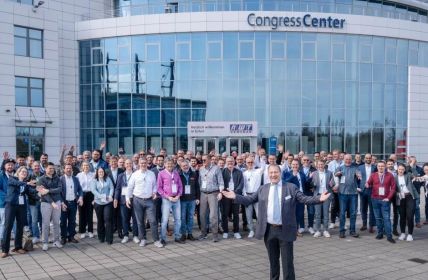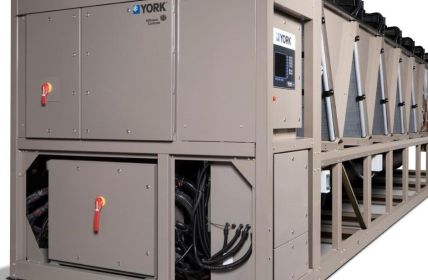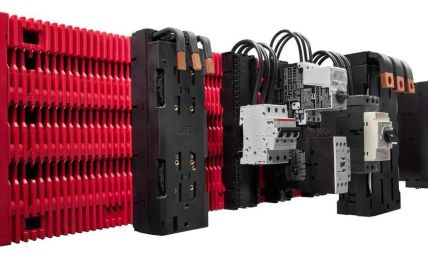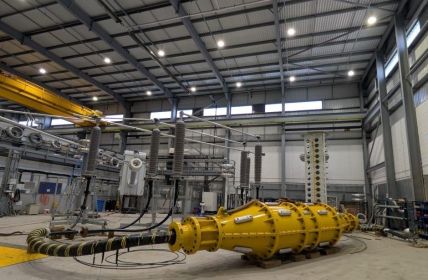Energy services provider RWE UK is partnering with satellite technology provider Inmarsat and model developer Ground Control to equip its renewable energy hydropower plants in Wales with the IoT connectivity they need.
Table of Contents: What awaits you in this article
New forms of energy sought
All over the world, companies are looking for viable approaches to put energy generation for their manufacturing routes and supply chains on more sustainable platforms. The increasing debate in broader sections of society about man-made climate change is also having a noticeable impact in this area. In view of the strong demand for fossil resources, which are expected to run out, the focus of all stakeholders is increasingly on the optimized production of renewable energy. One promising form is emerging in the age-old technology of generating electricity through hydropower.
Modern hydropower plants for renewable energy
RWE UK had been looking for a way to remotely maintain its hydropower plants, which are located in very rural regions, with as little effort as possible. Snowdonia, a mountainous region in northwest Wales, was an obvious choice as a model region. Its high rainfall and constant humidity predestined the area for the generation of renewable energy through hydropower. However, one of the major problems in realizing the project proved to be the lack of local connectivity.
IoT hydrology with solar technology
The energy company didn’t want to have to send a human to collect the information each time. Instead, it was better to find an automated solution for reading the data. Since it became clear that the only viable way would be through the use of satellites, it was decided to start a collaboration with Ground Control and Inmarsat. Ground Control took on the design and implementation of four hydrological bases that could be powered by solar energy and connected to satellite systems via IoT links. Inmarsat provided the interface with its ELERA network, which promises 99 percent connectivity.
Automated measurement and transmission
These devices are capable of independently recording their environmental factors and transmitting them for analysis. To this end, information on the nature of air and water conditions is collected and stored every 15 minutes by means of installed sensors. At three-hour intervals, this information is then transmitted to Inmersat via BGAN broadband network and Hughes 9502 terminals. The processed values will not only be used to make energy generation more efficient, but also to minimize environmental pollution and infrastructure damage in the future through intelligent waste disposal.


